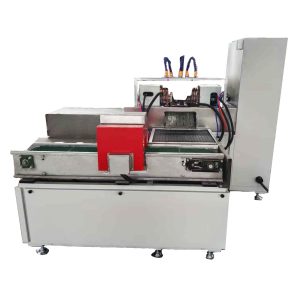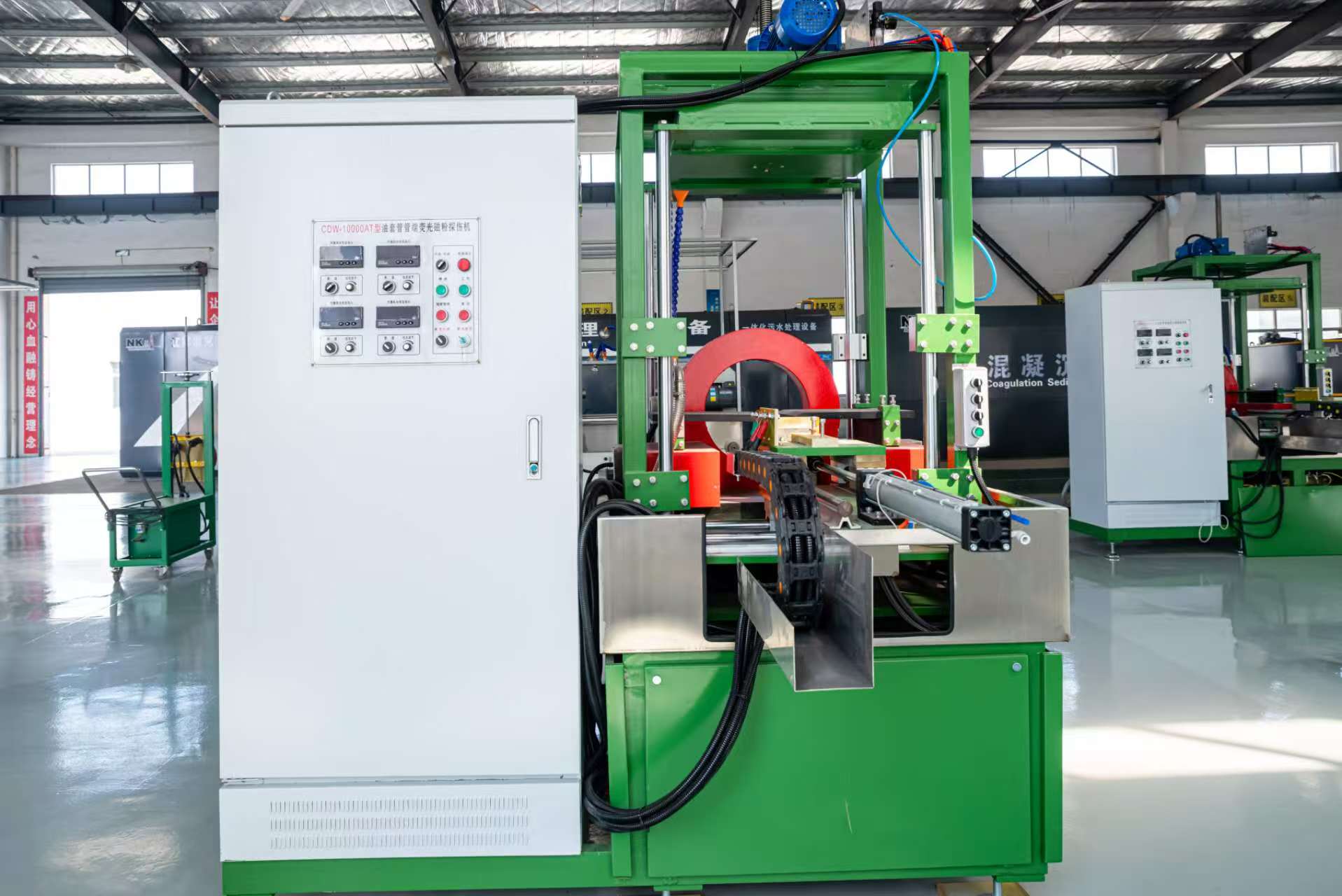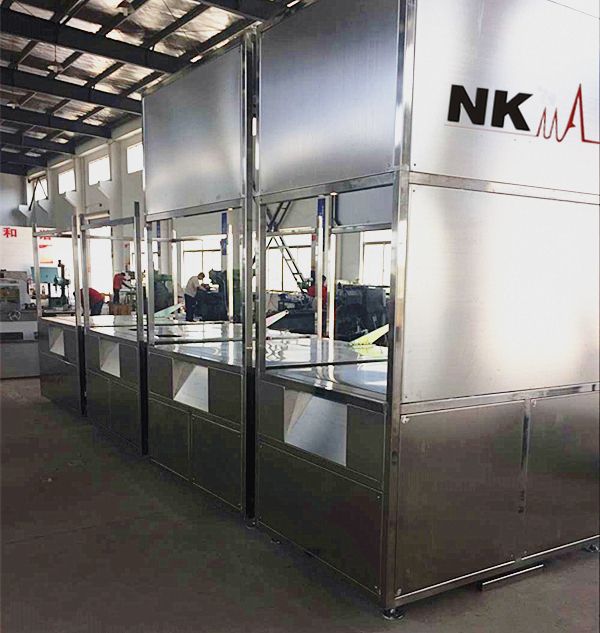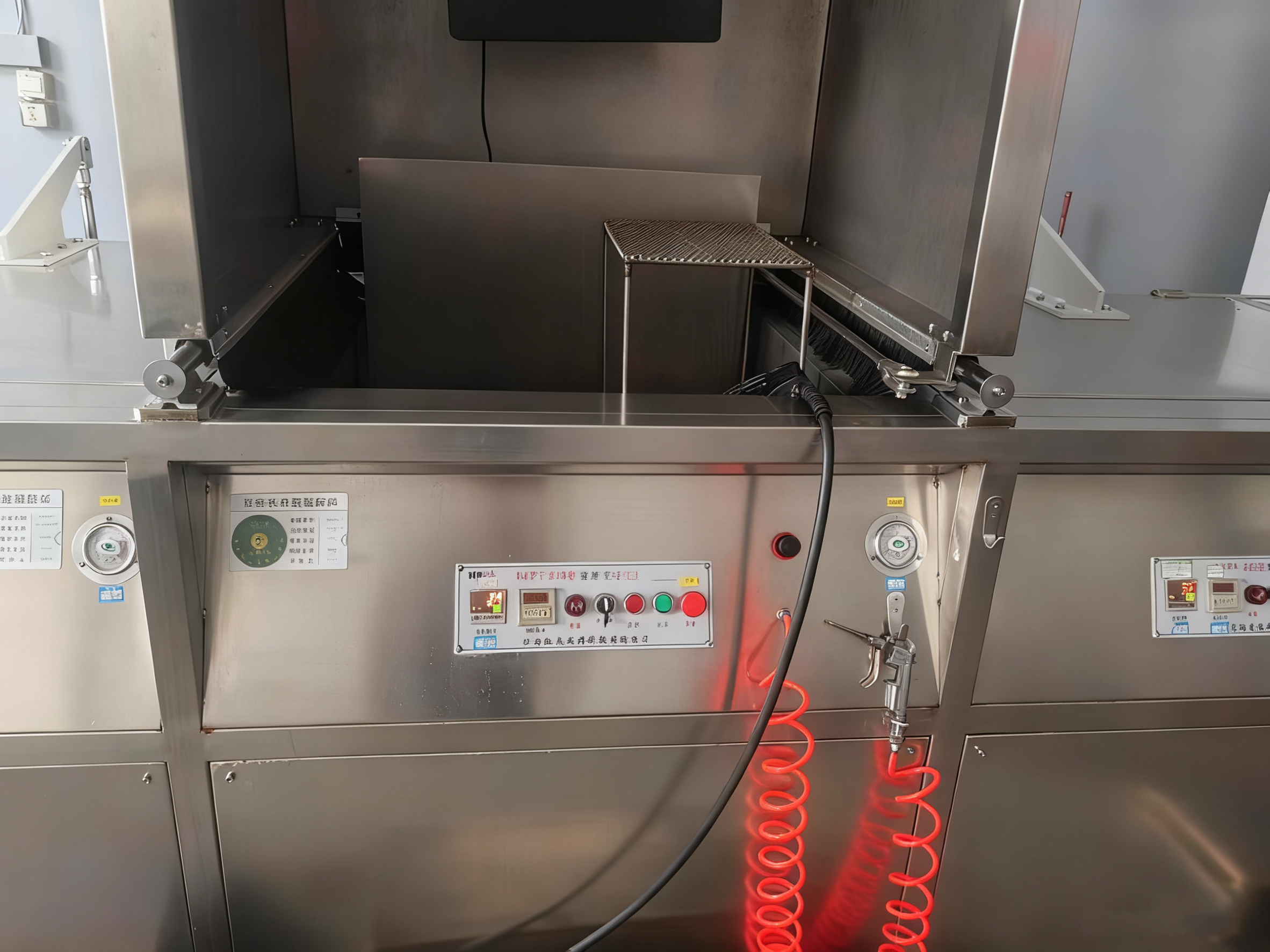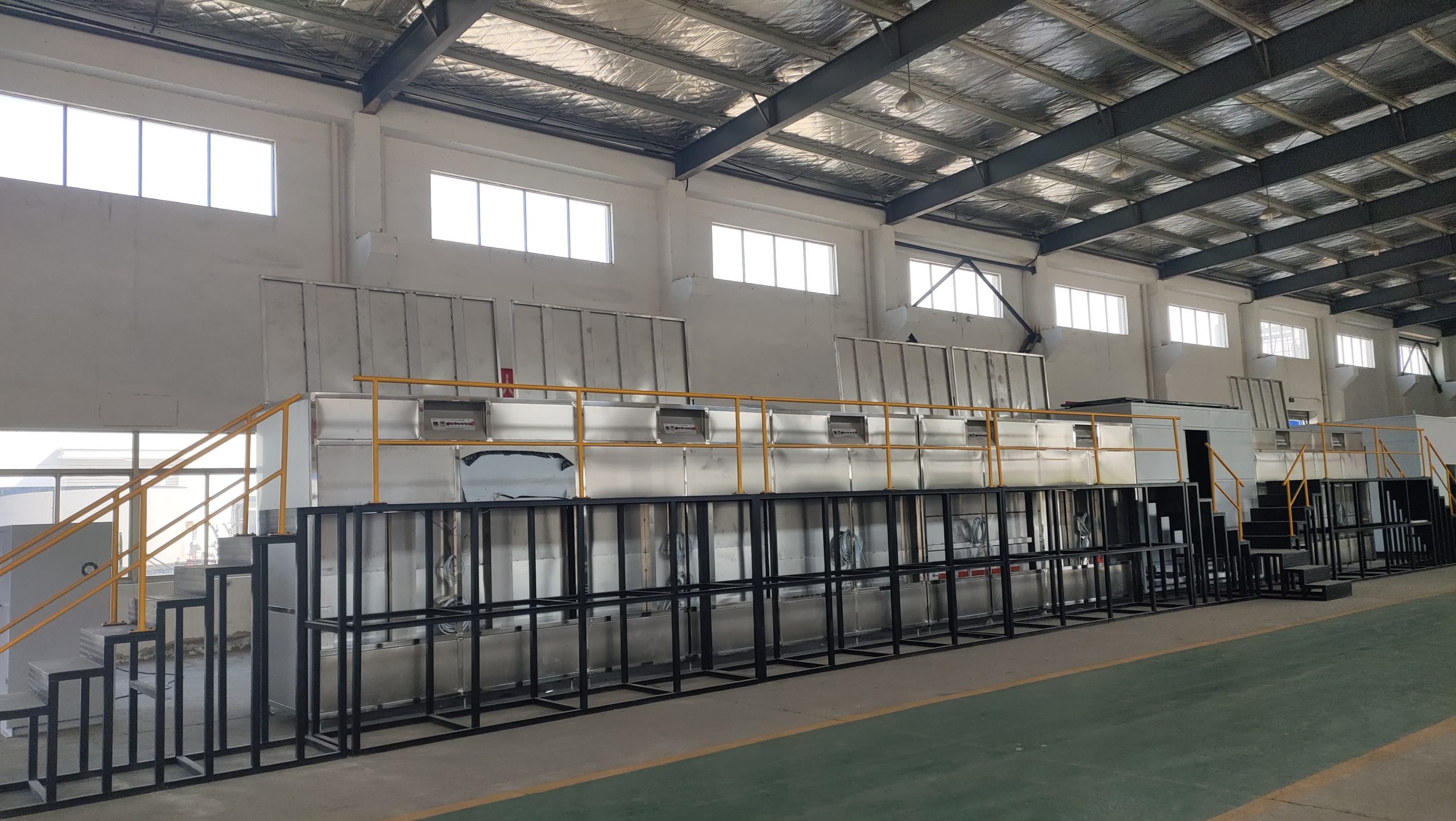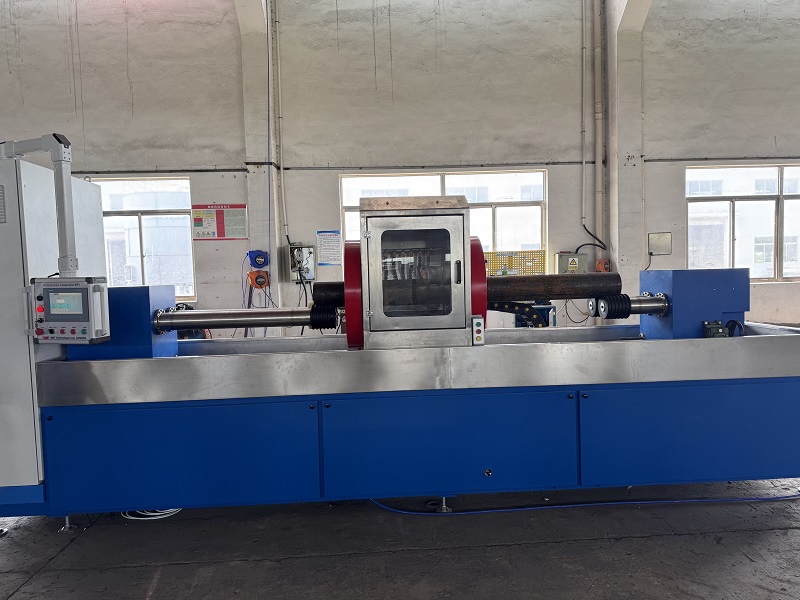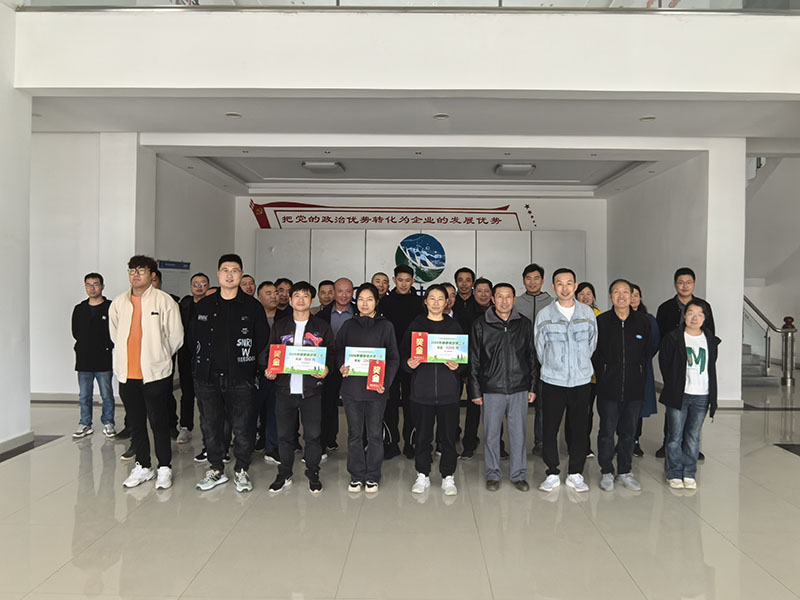Magnetic particle inspection machines are widely used in industrial fields to detect surface and near-surface cracks and defects in metals, ensuring product quality. Whether it’s an integrated magnetic particle inspection machine or a separate magnetic particle inspection machine, the basic structure and functional components are largely the same, consisting mainly of the magnetizing power supply, indicating and control devices, magnetic powder application devices, lighting devices, and demagnetizing devices.
1. Magnetizing Power Supply
The magnetizing power supply is the core component of the magnetic particle inspection machine. Its primary function is to generate a magnetic field, magnetizing the workpiece. Depending on the mode of operation, there are various forms of magnetizing power supplies, including low-voltage high-current generation devices, magnetizing coils, crossover magnetic yokes, pulse discharge devices, etc. The main function is to use the magnetic field to reveal cracks on the surface or near the surface of the metal workpieces.
Common Forms of Magnetizing Power Supplies:
-
Low-voltage high-current devices: These circuits are commonly used in fixed-type magnetic particle inspection machines. A transformer converts standard frequency AC power into low-voltage high-current output, which can effectively magnetize the workpieces. These devices typically support AC magnetization, but they can also use a rectifier to convert to DC magnetization. The working principle is as shown below:
-
AC input → Voltage regulator → Step-down transformer → AC output / Rectified DC output.
This method is widely used in magnetic particle inspection machines, where the magnetization intensity is controlled by adjusting current and voltage.
-
-
Crossed coil magnetization devices: This type of device uses alternating current phases to create a multi-directional changing magnetic field, which magnetizes the workpiece.
2. Magnetic Yoke or Coil Magnetization Devices
This type of device generates a longitudinal magnetic field and can use either alternating current (AC) or direct current (DC) (rectified).
-
DC coils: Typically have more turns of wire, producing a stronger electromagnetic attraction.
-
AC coils: Designed to overcome the effects of inductance, these have fewer turns but carry a higher current to create the necessary magnetic field.
Magnetic yokes can be used for both overall magnetization (inter-pole magnetization) and local magnetization (portable yoke magnetization). The principle of operation for these devices is shown in the following diagram:
-
a) Magnetic Yoke
-
b) Coil Magnetization
3. Crossed Magnetic Yoke (Coil) Rotating Magnetic Field Magnetization Circuit
This is a combined magnetization circuit where different parts of the magnetic yoke (or coil) carry alternating current at different phases, resulting in a magnetic field that changes according to a specific pattern. This method is used to create a rotating magnetic field to magnetize the workpiece effectively.
4. Pulse Magnetization Circuits
These devices generate a pulsed shock current that can achieve a large magnetization current in a very short time, commonly used for residual magnetism flaw detection. The most common way to produce a pulsed shock current is by using capacitor charge and discharge circuits or thyristor-controlled magnetization circuits.
5. Power-Off Phase Control Device
The power-off phase control device is used to control the phase when AC power is turned off. It is usually applied to large-current devices in AC magnetic particle inspection machines for residual magnetism testing. This device is essentially a thyristor control system that uses a logic circuit to control the trigger, ensuring the AC power is cut off at specific phases to stabilize the residual magnetism and produce reliable test results.
The power-off phase control device can either be incorporated into the magnetizing power supply or function as a separate component.
6. Rapid Power-Off Tester
The rapid power-off tester is used in three-phase full-wave rectified coil magnetization workpieces. It is a device that can quickly cut off the magnetization current. By rapidly cutting off the DC current applied to the coil, it generates low-frequency eddy currents in the workpiece, helping to identify transverse defects at the ends of workpieces, overcoming the end effects during longitudinal magnetization. The rapid power-off tester is specifically used in three-phase full-wave rectification systems.
Why Choose Our Magnetic Particle Inspection Machines?
At Nuke NDT, we specialize in high-performance magnetic particle inspection machines, designed for the most demanding industrial applications. Our machines offer advanced magnetizing power supply options, versatile control systems, and reliable performance to help you achieve accurate and efficient testing results.
-
High Precision: Our equipment ensures consistent and precise magnetization for the most accurate defect detection.
-
Durability: Built with the highest quality materials, our systems are designed for long-lasting operation in harsh industrial environments.
-
Customizable Solutions: We provide tailored solutions based on your specific requirements to improve your production efficiency and quality control.
For more information or to request a quote, visit our product page or contact us today!
